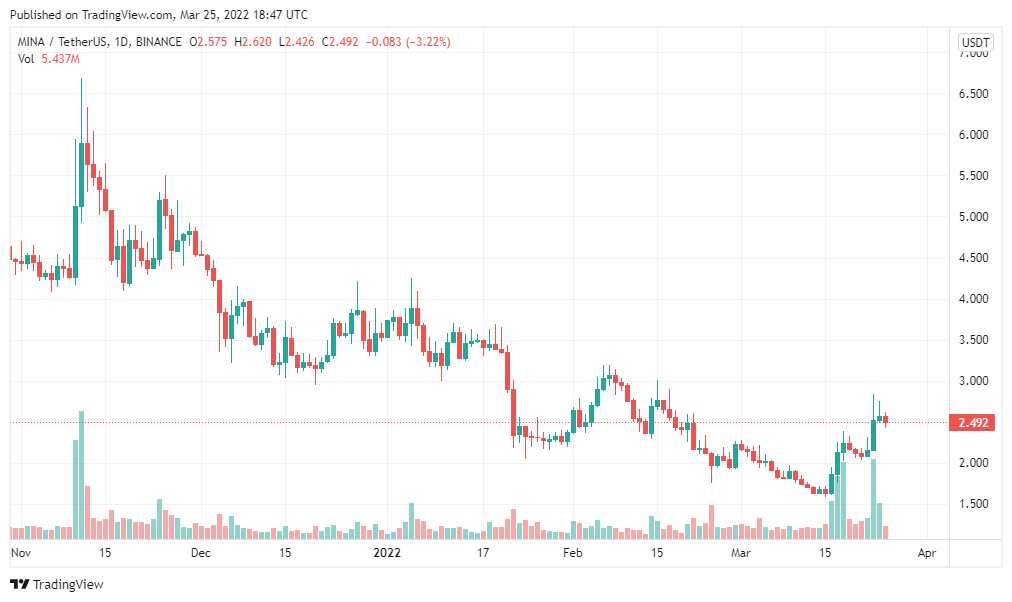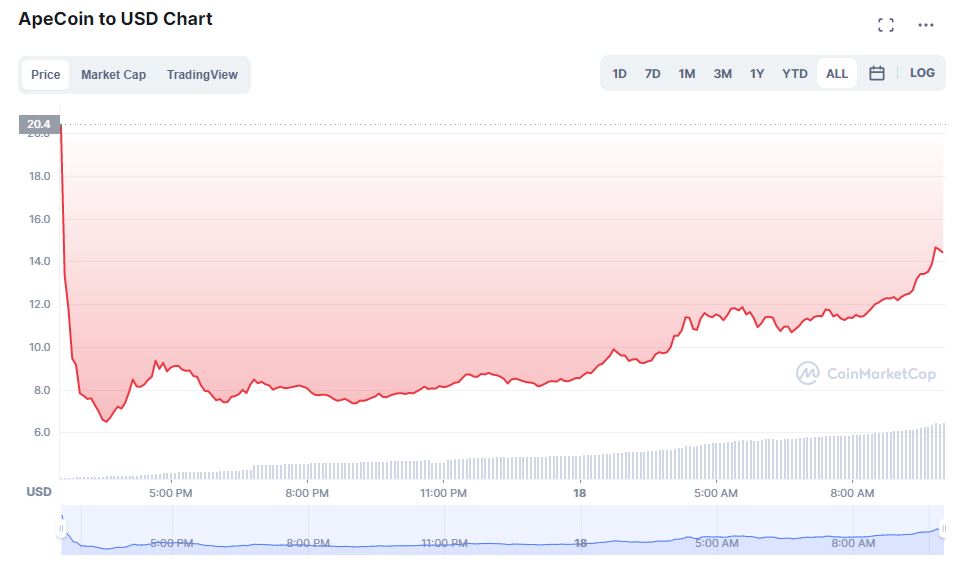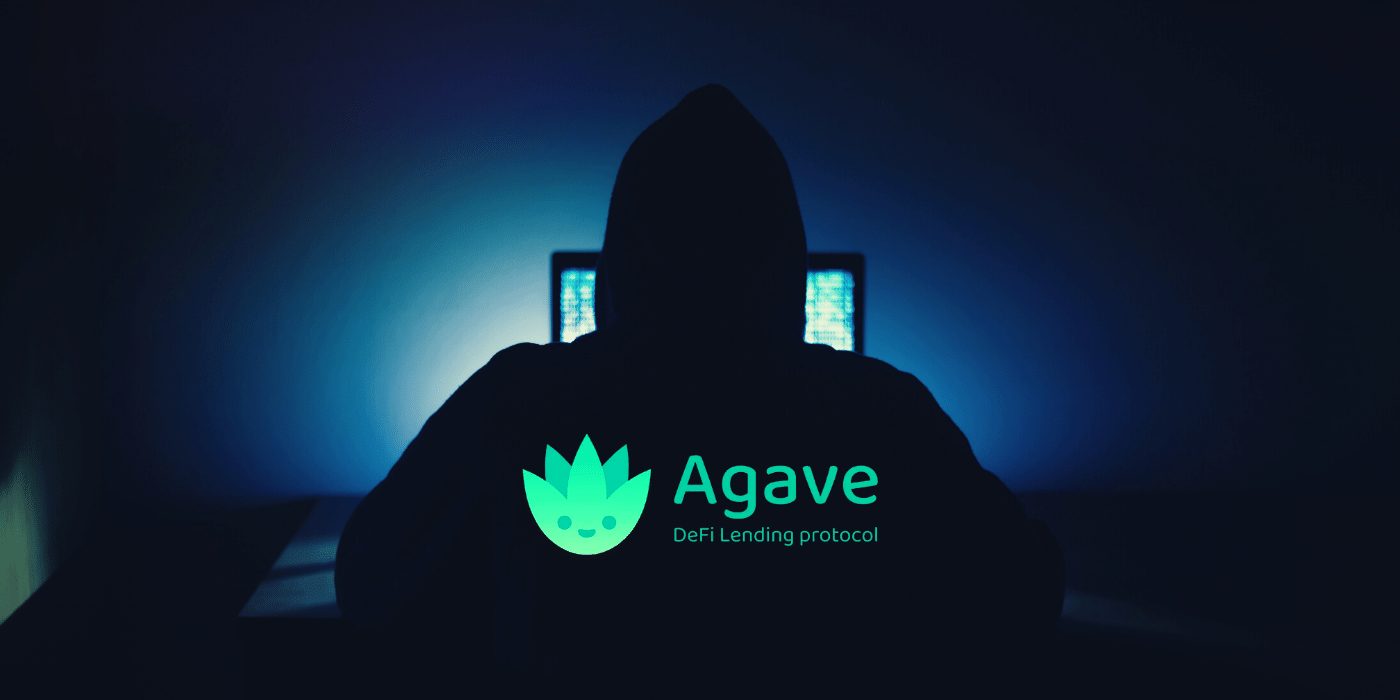The price of the Waves blockchain’s token (WAVES) has surged over 70 percent following the March 28 launch of Waves Labs, a US-based organisation tasked with supercharging Waves ecosystem’s growth globally.
According to CoinGecko, WAVES’ value jumped from US$31.80 to US$54 in the 24 hours following the announcement. Since then it’s continued to increase, at the time of writing sitting at US$57.14 – a new all-time high.
Waves Labs to Boost Awareness and Adoption
Waves Labs, which will be headquartered in Miami, US, will spearhead expansion of the Waves ecosystem by pursuing aggressive marketing and hiring strategies and by supporting Waves-based projects with mentoring and funding grants.
Waves founder Sasha Ivanov was optimistic that Waves Labs would further boost the ecosystem despite the network having recently seen record growth, stating:
Waves Labs is a key component of the Waves plan to grow exponentially in 2022. Despite a period of record growth of our ecosystem, Waves remains relatively unknown in the US crypto space. With the founding of Waves Labs, the ecosystem fund, and the extremely talented team in place, I do not doubt that Waves will reach mass adoption in 2022 and beyond.
Sasha Ivanov, founder, Waves
New Team Brings Crypto Experience
Waves Labs also announced its newly hired senior leadership team, which includes:
- Aleks Rubin as head of US Operations;
- Coleman Maher, who previously led business development at Origin Protocol, as head of Ecosystem;
- Jack Booth, former product marketing lead at Oasis Protocol, as Marketing Lead; and
- Tiffany Phan as VP of Finance and Operations.
US head Rubin said: “I am excited to lead this dynamic team as we expand visibility and enhance the utilisation of Waves protocol in the North American market.”
US Launch Follows Bullish Period
The launch of Waves Labs follows a recent run of bullish news for the network, starting in February of this year: the migration to Waves 2.0; the launch of a US$150 million fund to support Waves-based dApps; and its partnership with Allbridge to facilitate cross-chain interoperability.
In addition, the total value locked in the Waves ecosystem has boomed recently. In particular, Neutrino – a Waves-based multi-assetisation protocol – has exploded, seeing its total value locked increase over 300 percent in the past month to a new all-time high of US$4.36 billion, including inflows of almost US$450 million in a single day.
















